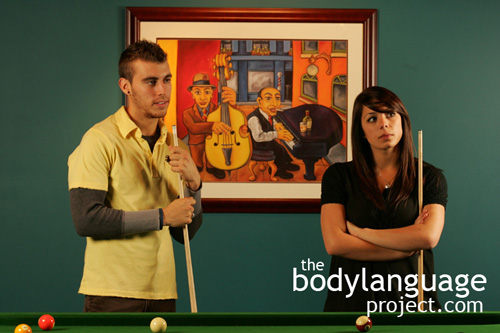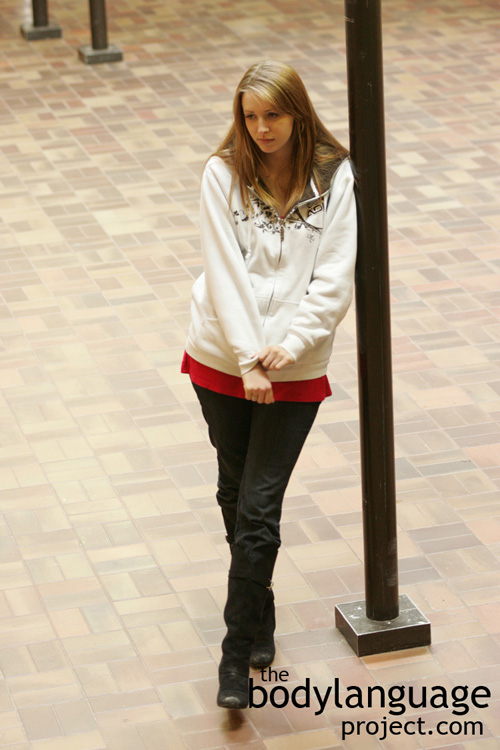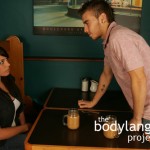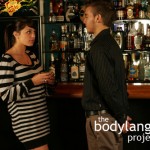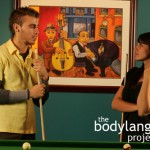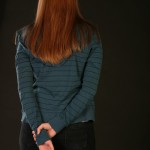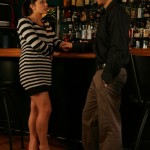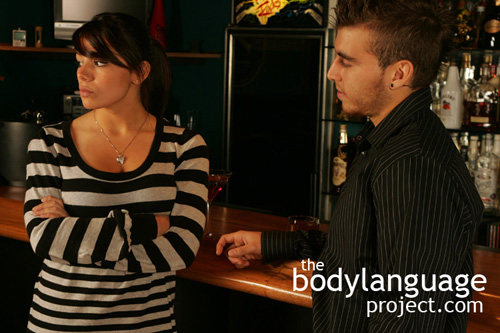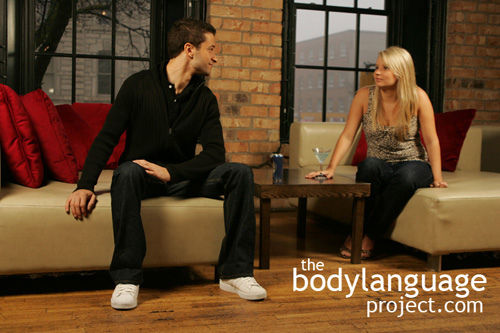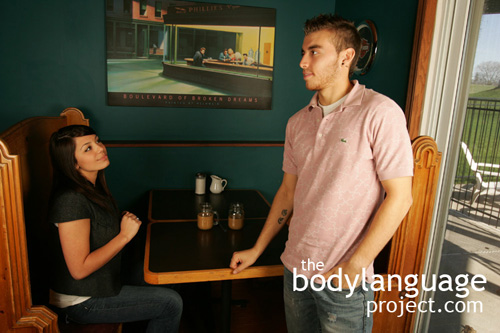
Even the fear facial expression is a classic “freeze” response. It’s as if the face has been caught in a flash of emotion.
The fight or flight response is a bit a misnomer. It’s not actually how humans or other animals respond to stress and danger. Lazy by nature and especially cautious of injury, recall we didn’t have doctors and hospitals thousands of years ago and even today most animals receive no secondary care from veterinarians, we have evolved the proclivity to handle situations in more appropriate ways. Most animals, humans included, will naturally sequence freeze, flight and flight in that order. Freezing is important to assess the situation, for how does one know what they are running from, and in what direction, if they don’t first identify the object of their fear.
White-tailed deer will first begin by winding predators, and if they sense that it is close, may seemingly flee instantly, but usually they will freeze in place to first identify the type of predator, human or other, its location, and its proximity. They do this by tilting their heads back and passing deep breaths into their lungs through their noses and over a specialized fluid filled structure called the vomeronasal organ. For deer, it is their sense of smell that is their primary means of safety. Since their eyes are much less acute than their noses, they rely on catching movement from predators especially when they are being stalks from downwind when scenting isn’t an option. When movement is caught, deer will try to “flush” the danger by stomping a foot rhythmically before fleeing. The foot stomp is a deer’s way of nonverbally signaling to a predator that they have been made, that the “jig is up”, so to speak, and that it’s time to identify themselves. The deer knows that a predator is in the vicinity though sight, smell and sound, or possibly just has a hunch that something is amiss, and instead of fleeing outright wants to be totally certain before “hightailing it!” To a deer, or human, running at all potential danger is wasteful and time consuming and not always appropriate. By the way, the deer put his white tail up (the underside of a deer’s tail is white, hence the original of its name), and will snort-wheeze which is done by forcefully exhaling pressurized air through their mouth, to signal to predators that pursuit is futile. Because animals have no verbal language, they communicate using nonverbal signals, and in this case, it happens even across species.
When humans are presented with fearful situations, they also tend to freeze. Like in animals, movement attracts attention and so to become a less obvious target to attack, the body becomes motionless. Survivors of the Columbine shooting in 1999 played dead so as to be overlooked by the shooters Eric Harris and Dylan Klebold despite being in plain view. Some of the survivors were just a few steps away from the shooters. Freezing is an evolutionary strategy that reduces the chances that predator will identify them and switches off their attack response. In everyday life we see the freeze response when people are caught in the act of theft, when caught lying, or when hiding something. Is it an accident that police officers yell “Stop right, there” or “Freeze scumbag” when they’ve got a suspect in their sights? Screaming this might even yield a momentary freeze response if done loud enough. That is until the suspects get a chance to see who is it that uttered the command, and in which direction they should run. Shoplifters have been identified by overhead surveillance, among other body language, by the way they seem to reduce their profile, hunch over and reduce their arm movements. This is the art of “hiding in plain view” and is no different from what anyone else does when they want to get by unnoticed. I know my son is up to no good when things go particularly quiet in the house. More often then not I’m right!
People will habitually freeze when they are scolded, children and adults alike, and sometimes reduce their breath rate especially under intense scrutiny. Stress can therefore cause shallow breathing, which is why we remind people through meditation to take deep breaths to dissipate tension. You may notice someone holding their breath or even pushing breath through their mouths, we call these sighs, and it indicates stress and hidden tension. Sometimes the cheeks are puffed out where air is slowly exhaled and other times sign are riddled throughout conversation or while busy doing other tasks. If you notice someone consistently doing this you know it’s their way of “Blowing off steam.” Be watchful of the freeze response because in context can tell you that someone is stressed and is trying to go under the radar. Be particularly conscious of freezing that happens suddenly by the presence of others as it will tell you who is the object of fear. Children that suddenly freeze when a relative comes near, is telling you that they feel uncomfortable around them, and this should worry you. A wife that clams up when her husband is around, but is otherwise bubbly and personable, might be saying that she fears his reprimand because she has upset him, or might even fear upsetting him by making a social blunder. When it comes to fear-freezing, it is the sudden change from fluid to freeze that tells us what has caused it.

